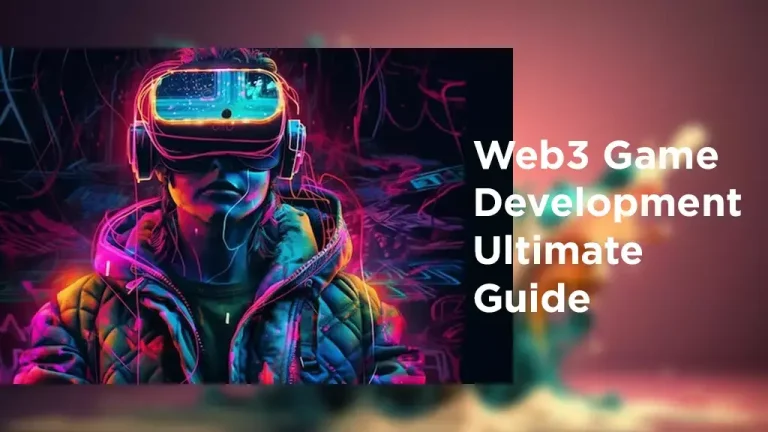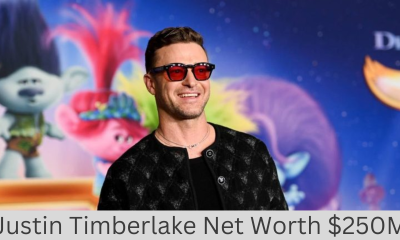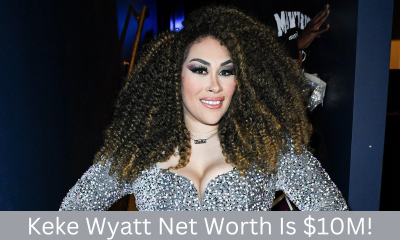web
Web3 Game Development: Tools, Tips, and Techniques for Success

As the digital revolution progresses, the confluence of blockchain technology with gaming has birthed an innovative paradigm of Web3 gaming. More than just a buzzword, Web3 stands at the intersection of decentralized networks, player autonomy, and digital ownership. Dive into the depths of Web3 games development as we uncover its intricate facets.
The Essence of Web3
Web3 is the third iteration of web development. If Web1 was about information and Web2 about interactivity, Web3 is fundamentally about decentralization and true digital ownership. Especially in gaming, this translates to scenarios where in-game assets, once merely licensed by players, now truly belong to them, often in the form of NFTs (Non-Fungible Tokens).
Tools Tailored for Web3 Game Development
Blockchain Platforms:
Ethereum: This smart contract-based platform is more than just a cryptocurrency. It’s a playground for developers, enabling the creation of decentralized applications (DApps). Especially for gaming, Ethereum’s smart contracts provide the foundation upon which assets and logic are built.
Flow: Developed by Dapper Labs (the brains behind CryptoKitties), Flow aims to counter Ethereum’s scalability issues. It offers low fees and fast transactions, making it ideal for high-demand applications like games and marketplaces.
Other Platforms: With the rise of Web3 games, platforms such as Polkadot, Cosmos, and Binance Smart Chain have been offering unique features, from interoperability to reduced costs, enhancing developers’ choices.
Development Frameworks & Libraries:
Truffle: Beyond just a tool, Truffle offers an environment for Ethereum, simplifying tasks like contract compilation, linking, deployment, and binary management.
Hardhat: A favorite among Ethereum pros, Hardhat enhances developer experience, providing things like stack traces, console.log, and a testing-friendly environment.
ethers.js & Web3.js: These are foundational libraries for anyone delving into Ethereum DApp development, making tasks like sending transactions, querying balances, and interacting with smart contracts more straightforward.
Storage Solutions:
IPFS: Unlike traditional file storage, IPFS utilizes a peer-to-peer method, ensuring files persist in a decentralized manner. This becomes crucial in gaming, where asset permanence is essential.
Filecoin: Built atop IPFS, Filecoin monetizes the file storage process, offering incentives to those who share their storage.
Game Engines and Web3:
Unity & Unreal Engine: Mainstream adoption is closer than we think. With plugins and SDKs catering to Web3, popular game engines are making blockchain integration more accessible.
Tips for Success in Web3 Game Development
Web3 represents a transformative shift in how games can be developed, played, and monetized. As developers tread on this fresh terrain, it’s paramount to keep certain best practices in mind to ensure the success of their games.
Prioritize Player Sovereignty
The foundational principle behind Web3 is decentralization, which directly translates to greater power and ownership in the hands of users.
Actual Ownership: In traditional gaming ecosystems, players merely license the in-game assets. However, with blockchain and Web3 technologies, players can own their in-game items as unique tokens. This means they can sell, trade, or use these assets as they see fit without restrictions from the game developers or platforms.
Empower with Control: Beyond just assets, think about giving players control over their data, gameplay decisions, and even narratives. The more control players have, the more invested they will become.
Embrace Interoperability
Interoperability can fundamentally change the gaming landscape by allowing assets and experiences to flow seamlessly across different games and platforms.
Cross-Game Assets: Imagine a sword earned in one game being used in another, or a character from one universe making appearances in various gaming worlds. This not only enhances the asset’s utility but also its value.
Enhanced Player Engagement: When assets have relevance outside their native game, players have additional incentives to acquire, use, and showcase them in multiple environments.
Ensure Security
While decentralization provides a plethora of benefits, it also introduces distinct security issues that developers must address directly.
Robust Smart Contracts: A smart contract vulnerability can result in massive losses. Developers should ensure their contracts are well-coded, tested, and audited by professionals.
Educate Players: Often, security breaches occur due to user errors, like revealing private keys. It’s beneficial to educate players about safe practices, ensuring they don’t become easy targets for malicious actors.
Continuous Monitoring: The decentralized world is rapidly evolving, with new threats emerging regularly. Developers should stay updated on potential vulnerabilities and be ready to patch their systems promptly.
Techniques to Engage Players
With the blend of decentralized technology and traditional gaming mechanics, developers have unique avenues to ensure players remain captivated.
Play-to-Earn: The Play-to-Earn model overturns the traditional gaming revenue model. Instead of players spending money to buy items or progress, they can earn tangible rewards based on their in-game activities.
Community Governance: By giving players a say in how the game evolves, developers can foster a deep sense of ownership and loyalty among their player base.
Regular Drops & Updates: Sustain player interest by consistently introducing fresh content, new assets, and updated game mechanics.
By focusing on techniques that genuinely value and engage the player, developers can foster a dedicated and passionate community that actively contributes to the game’s growth and success.
Challenges to Anticipate
In the realm of Web3 gaming, several challenges await developers. One of the most pressing is the matter of regulation and compliance. Given that Web3 gaming often merges elements of both gaming and financial markets, it’s imperative to adhere to local laws and regulations. On top of this, the inherent technical complexity of blockchain technology necessitates a thorough and deep understanding.
Developers must dedicate significant time to grasp its intricacies. Additionally, scalability is a paramount concern. It’s vital to select a blockchain that can efficiently process the transaction volume of your game without encountering extensive delays or incurring exorbitant costs.
Conclusion
Web3 gaming is not just a trend; it’s set to revolutionize the gaming industry. By integrating decentralized principles, giving players true ownership, and offering innovative revenue models, game developers can tap into a market that is hungry for innovation. With the right tools, tips, and techniques, the world of Web3 gaming is ripe for exploration.
Whether you’re a seasoned game developer or new to the world of Web3, there’s never been a better time to delve into this exciting frontier and create experiences that will captivate and reward players in entirely new ways.





















































